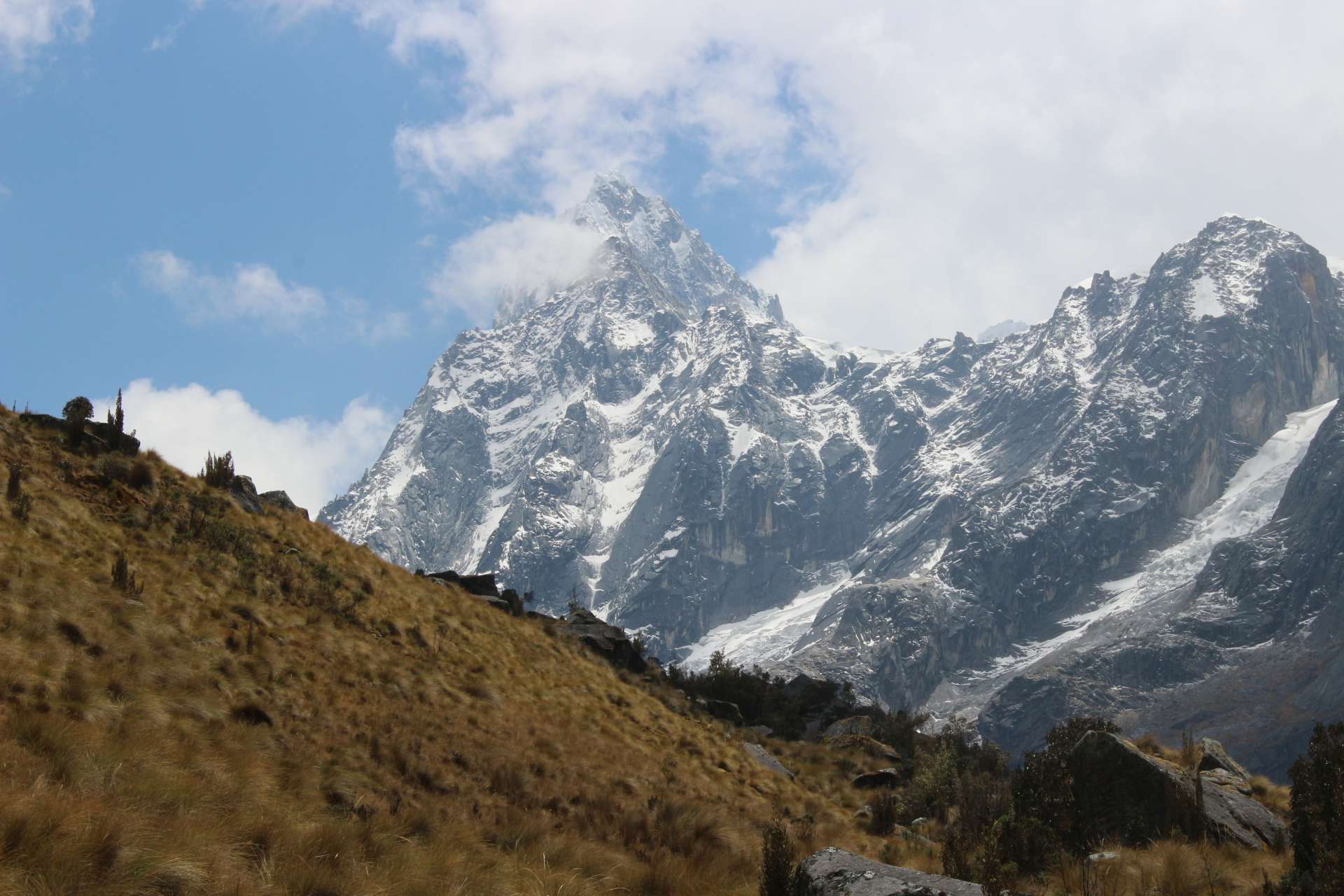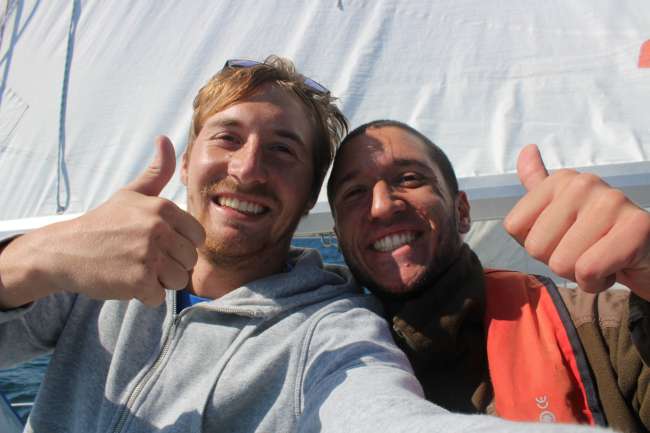Galapagos - Be careful not to step on a rare animal!
Paskelbta: 13.11.2016
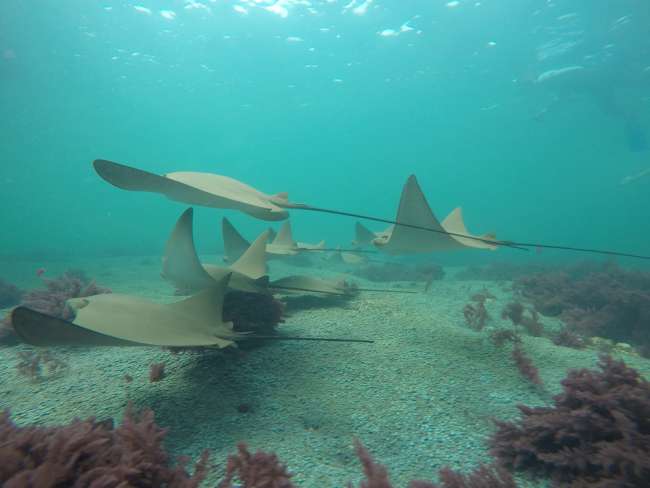
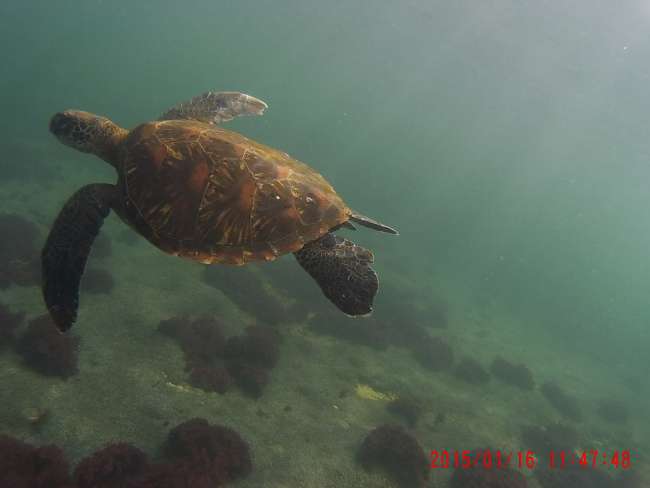
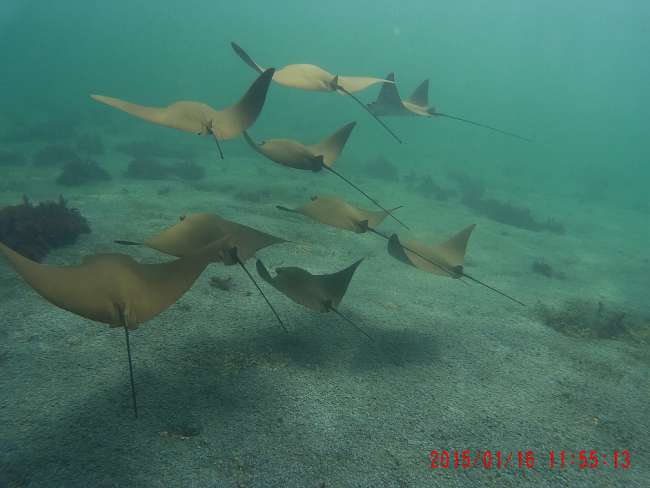
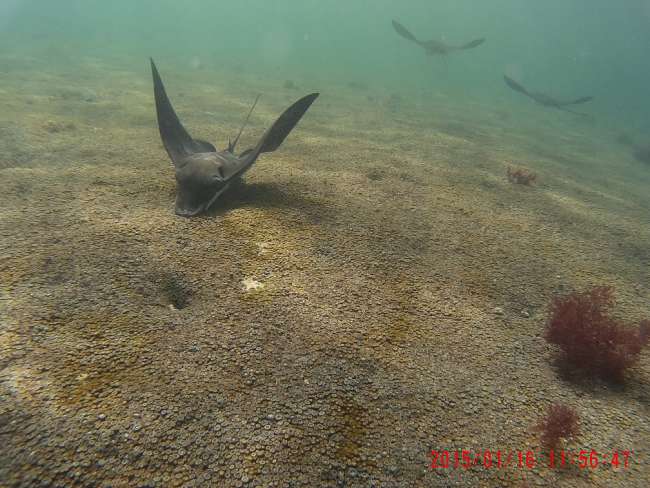
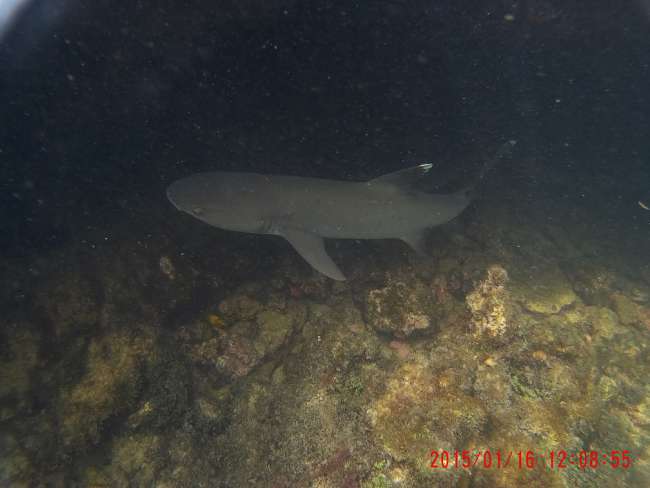
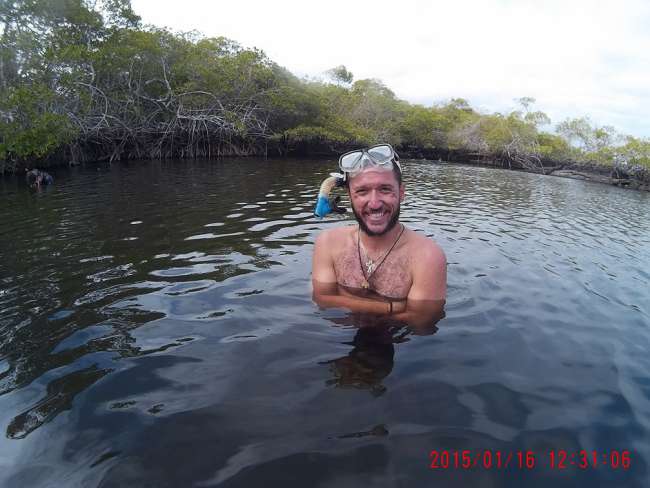
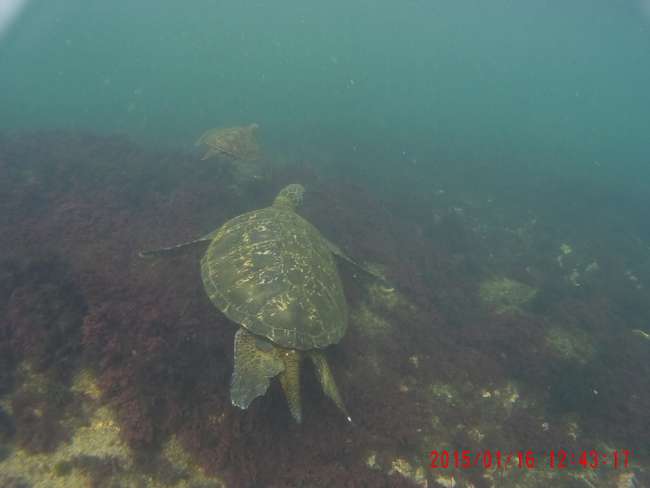
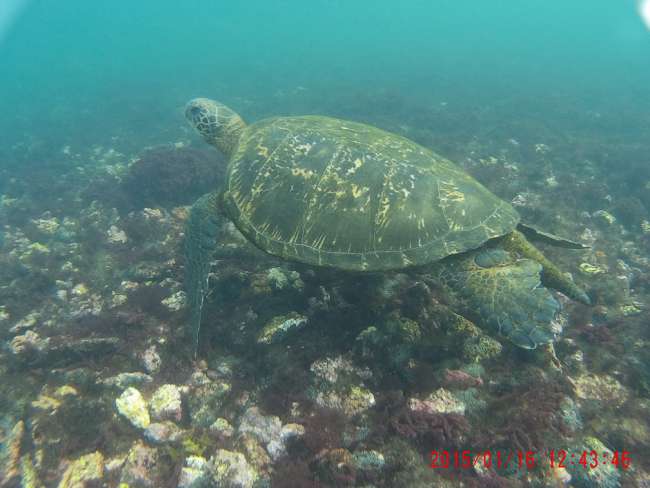
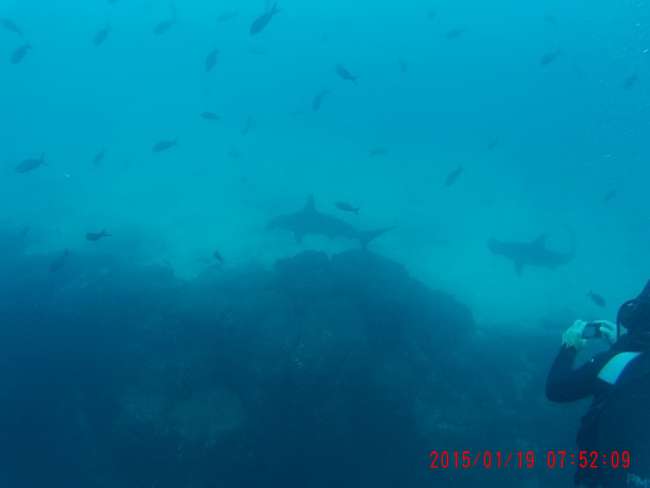
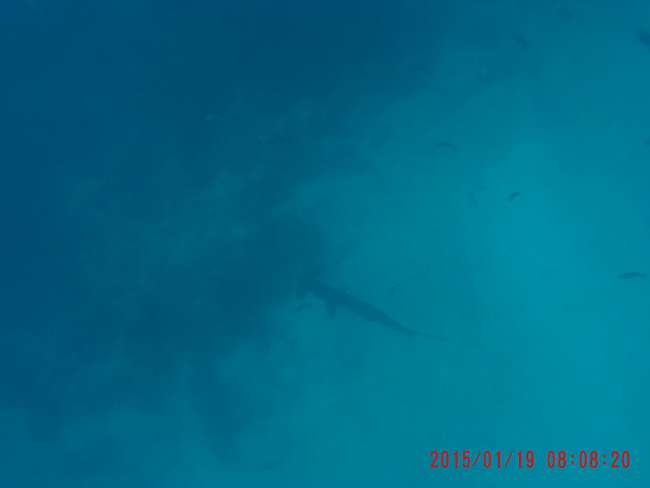
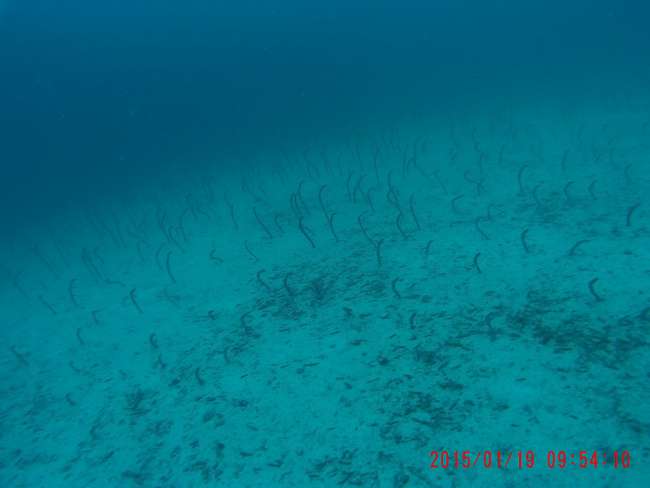
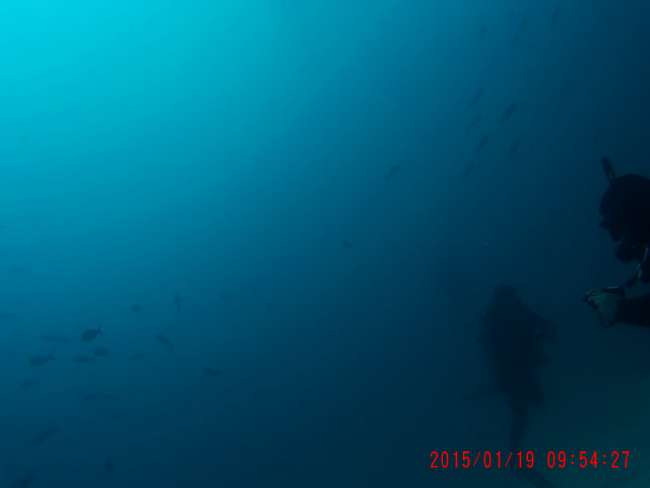
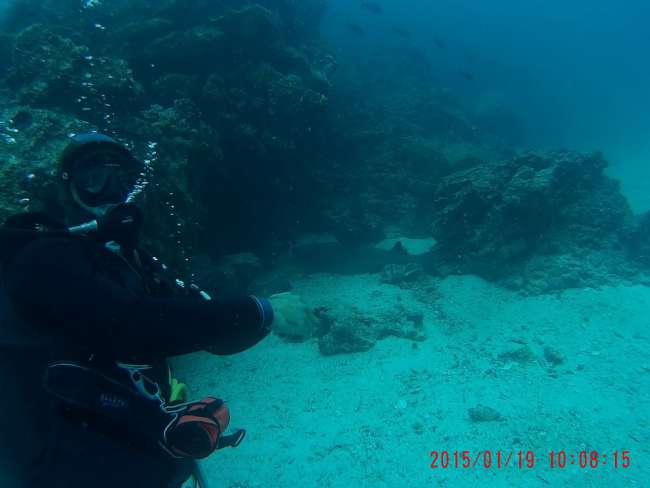
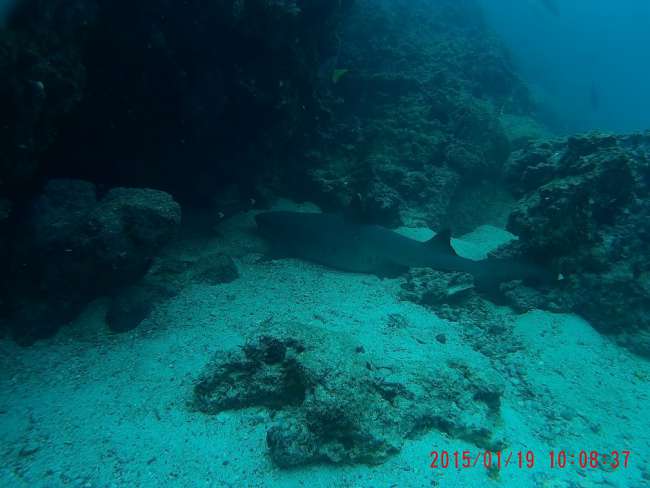
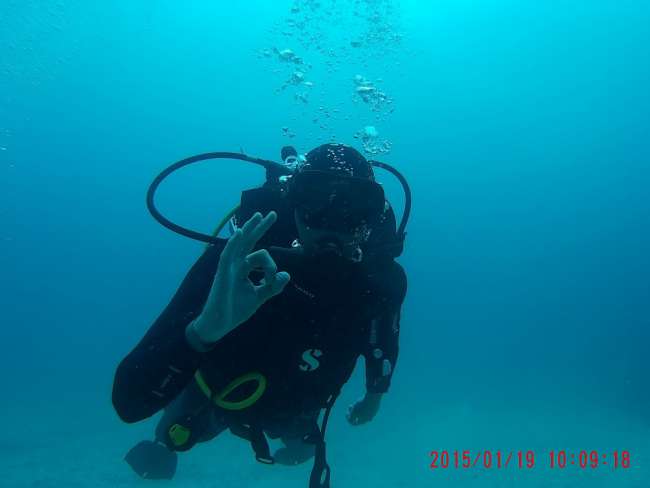
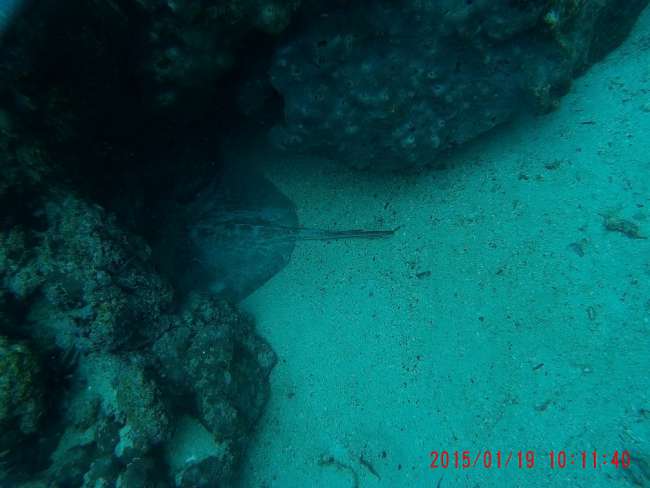
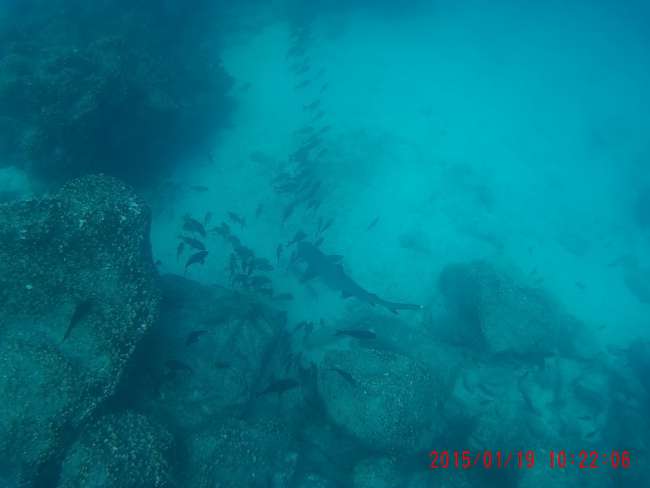
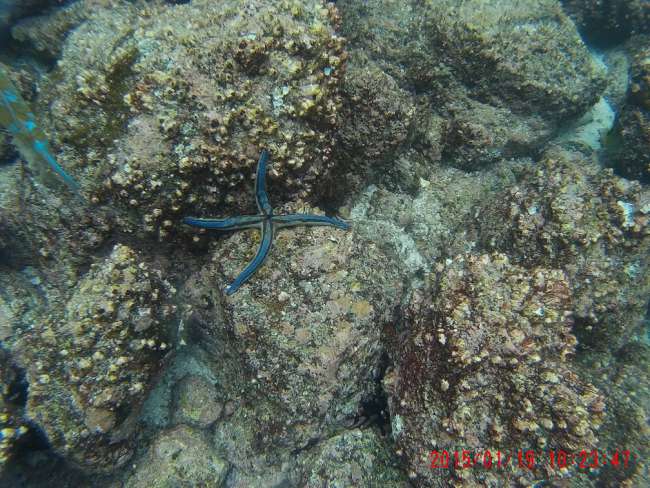
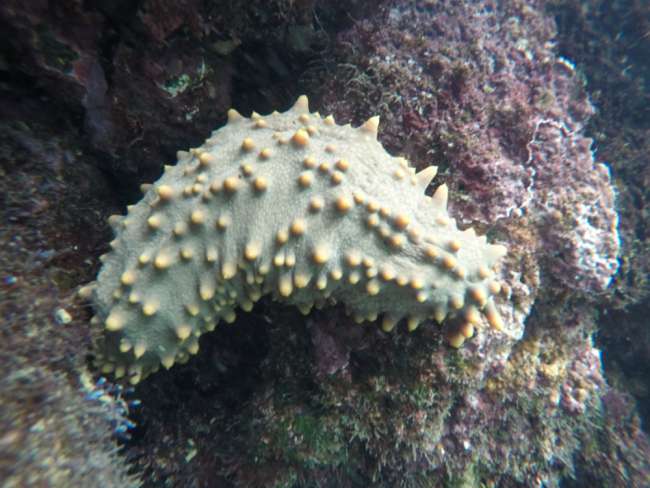
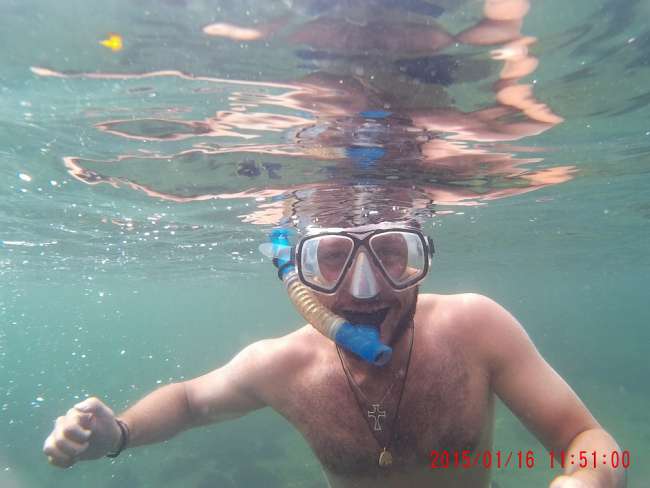
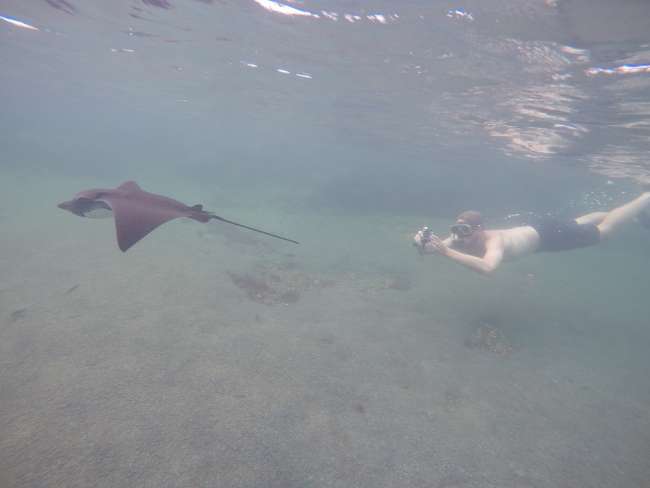
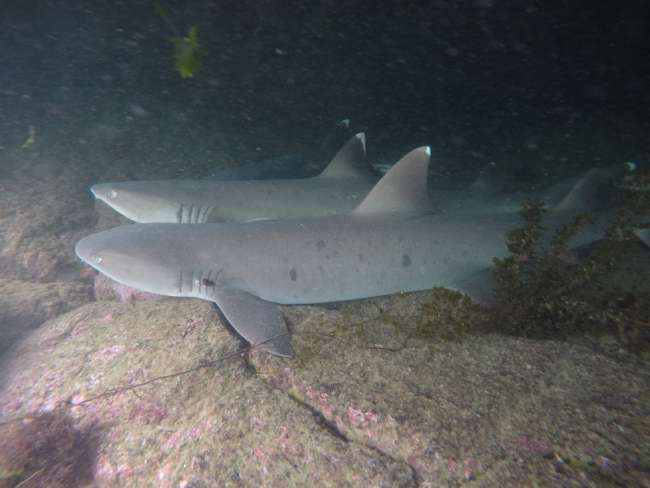
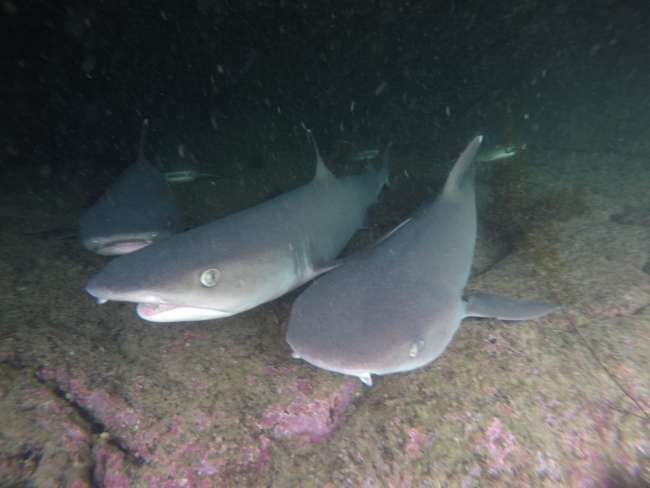
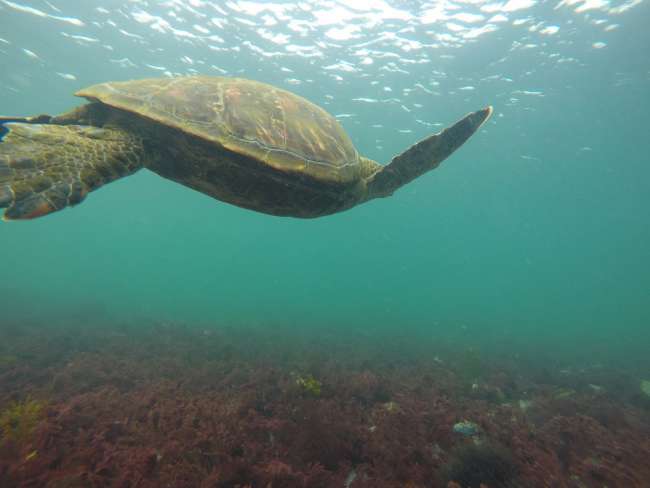
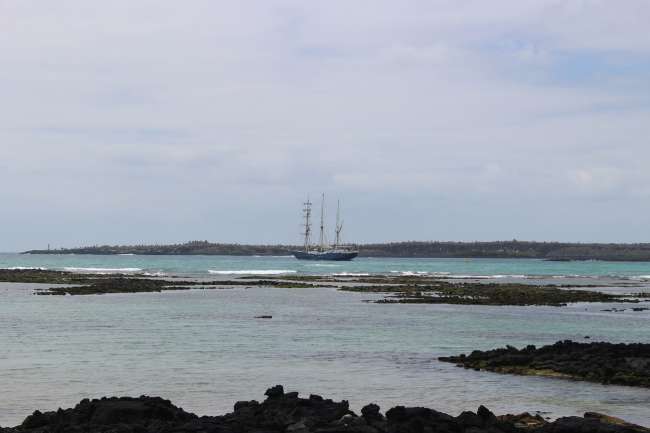
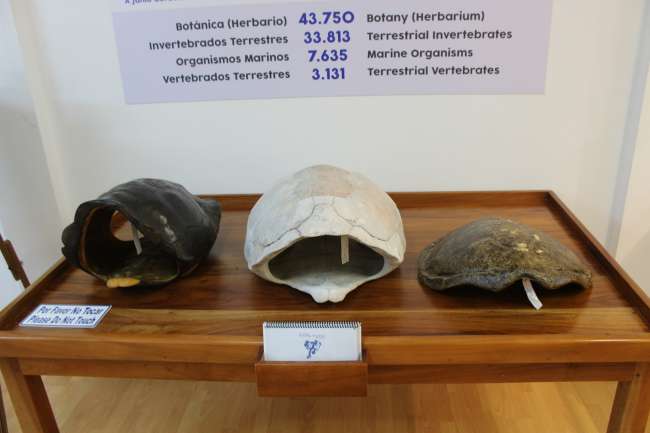
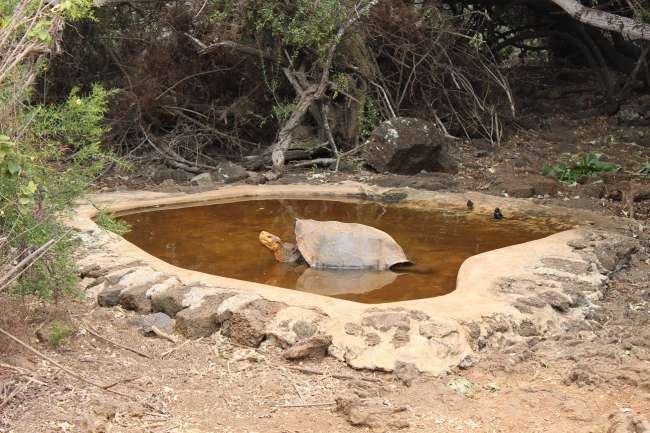
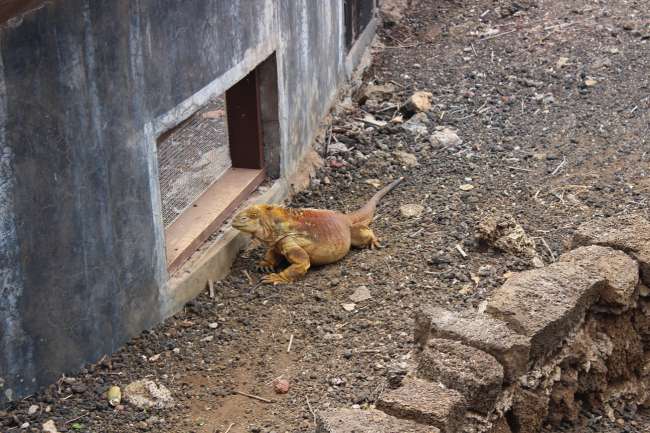
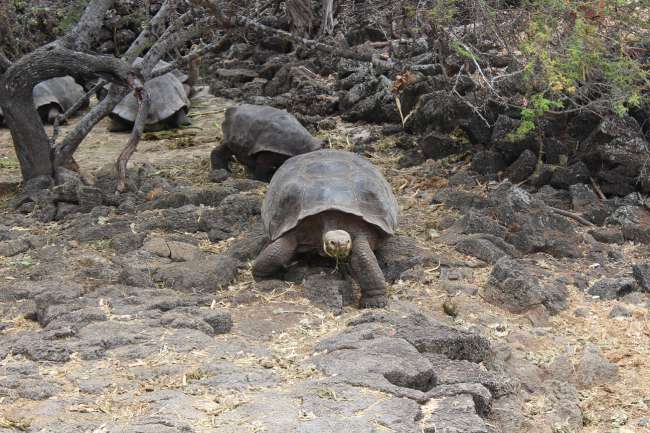
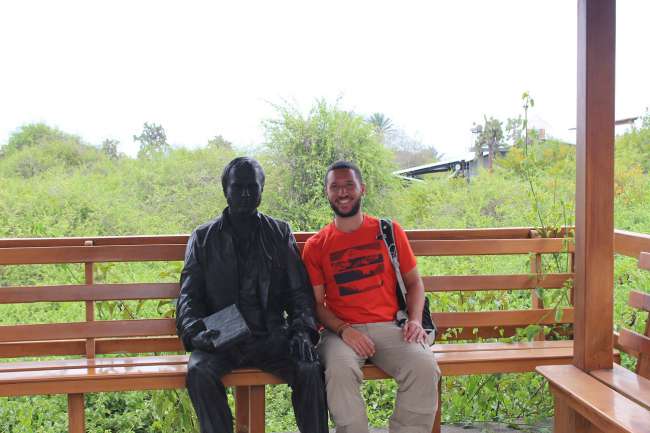
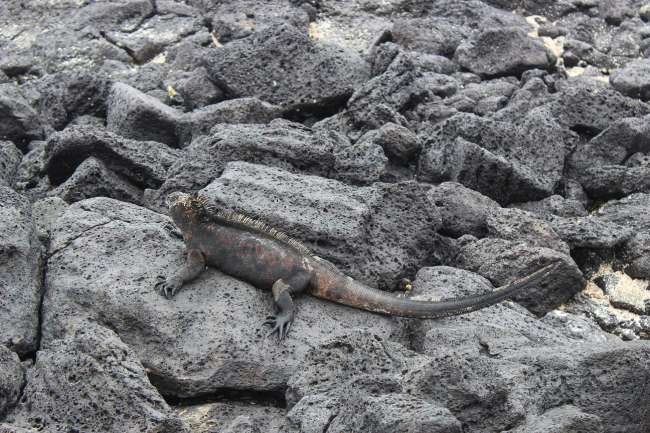
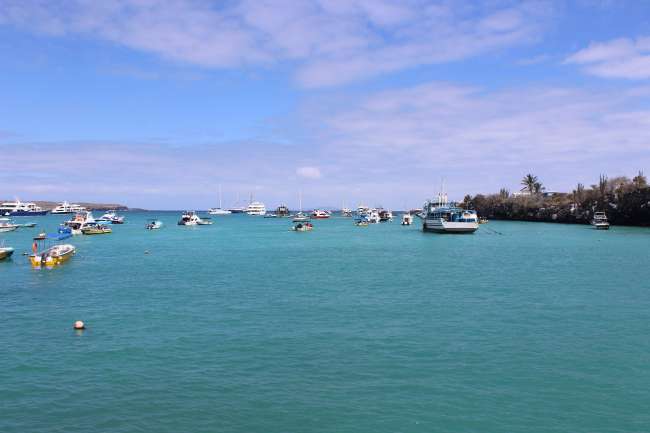
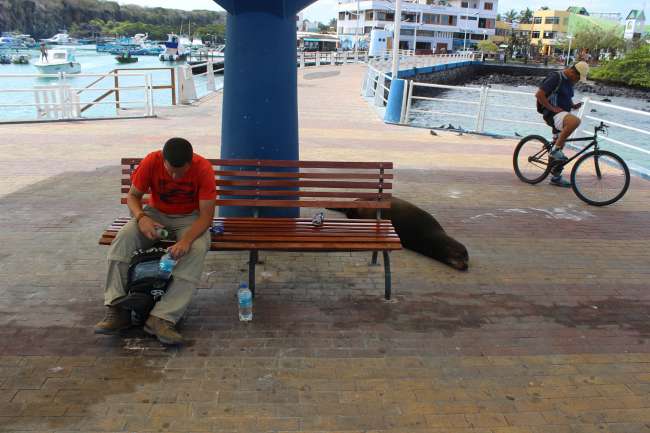
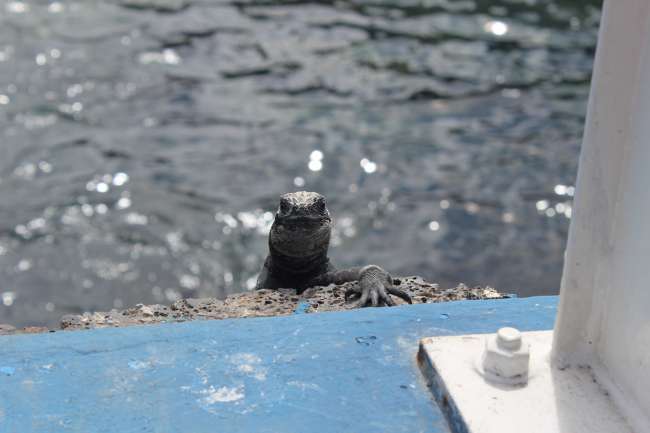
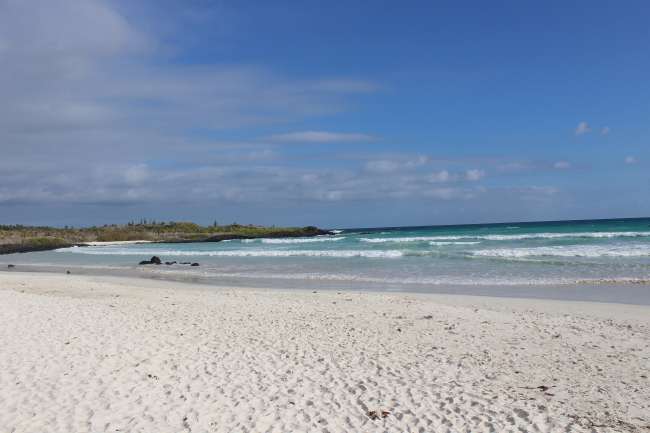
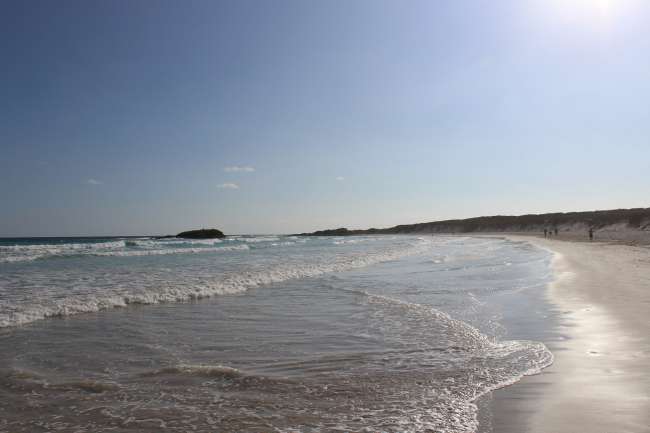
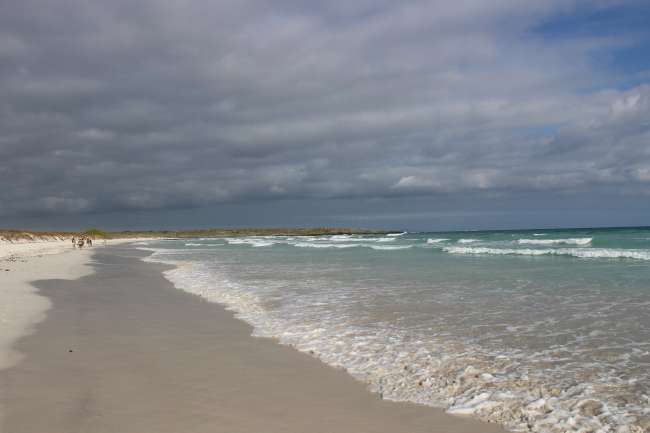
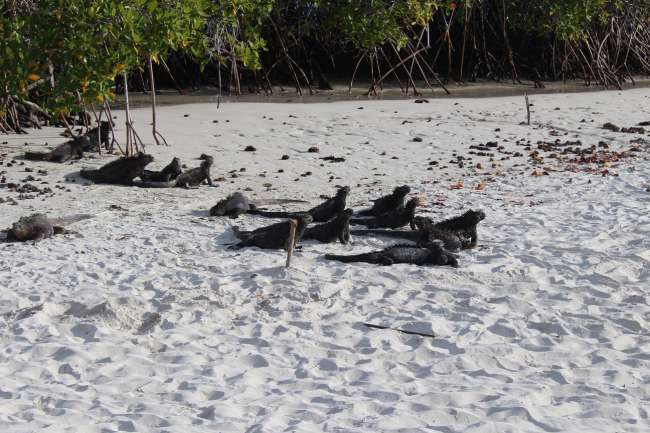
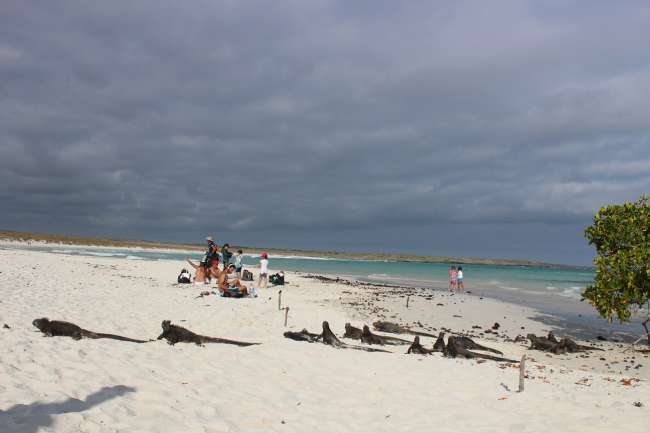
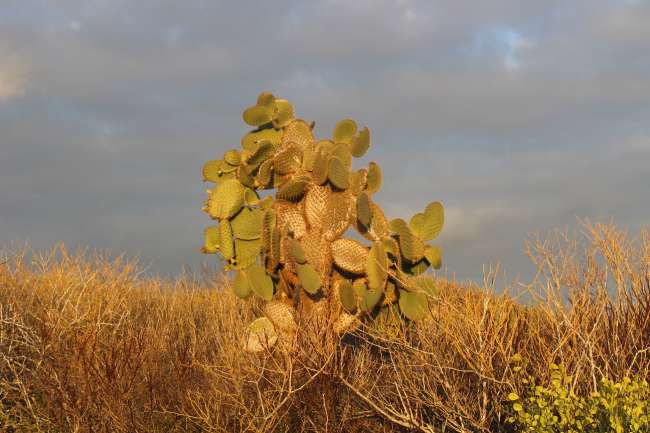
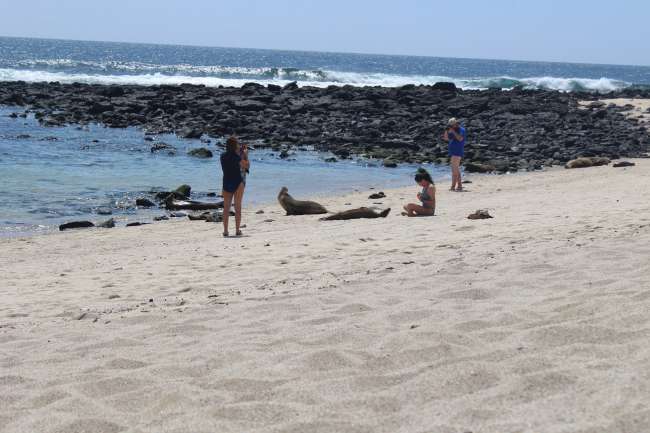

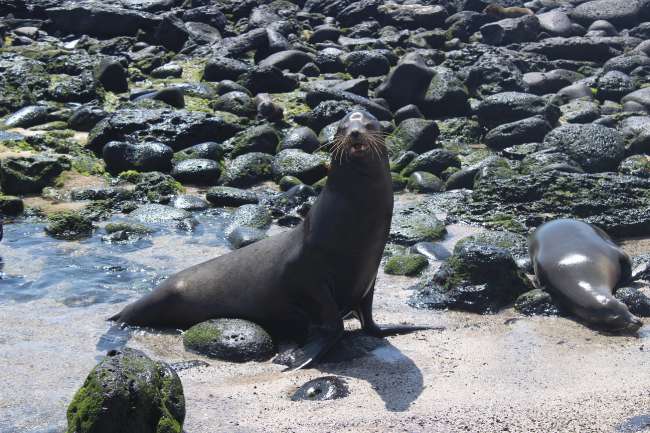
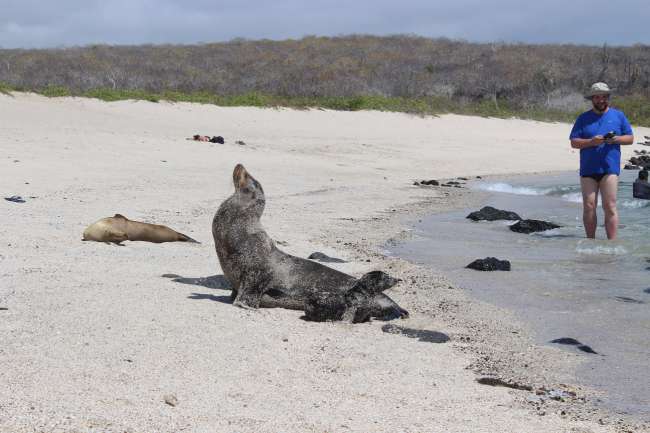
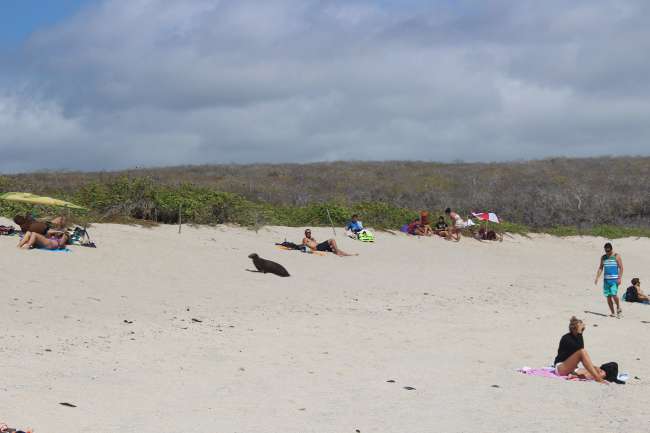
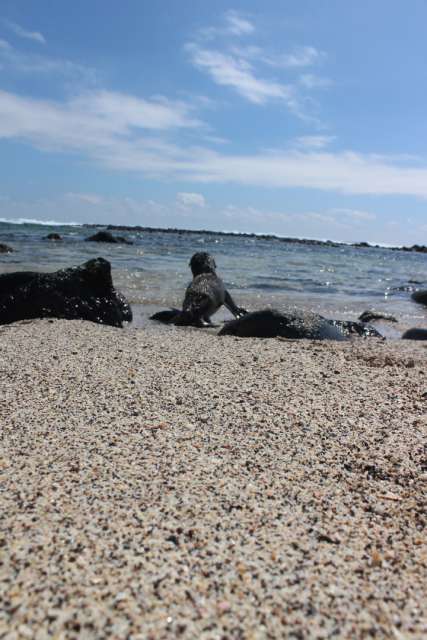

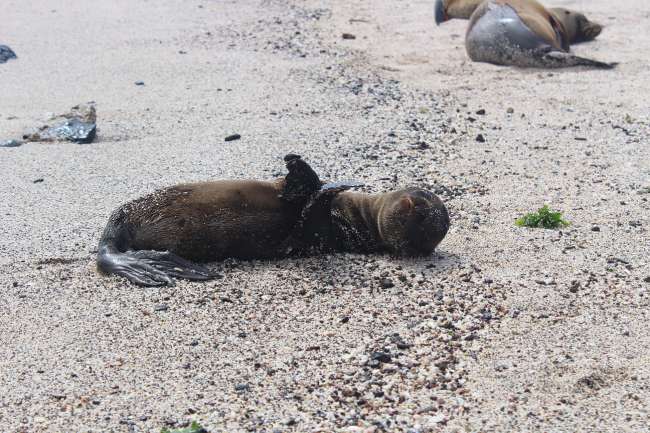
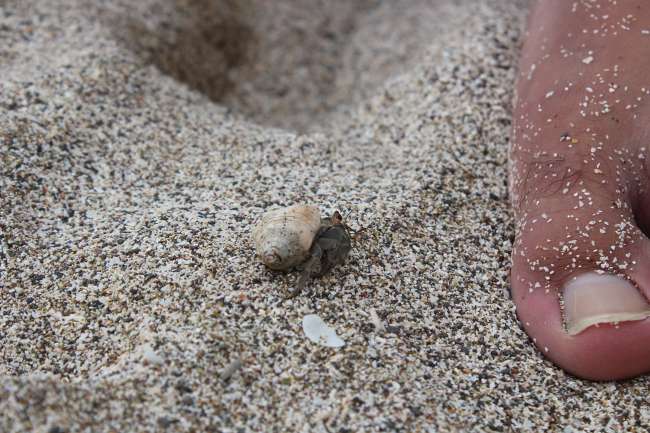
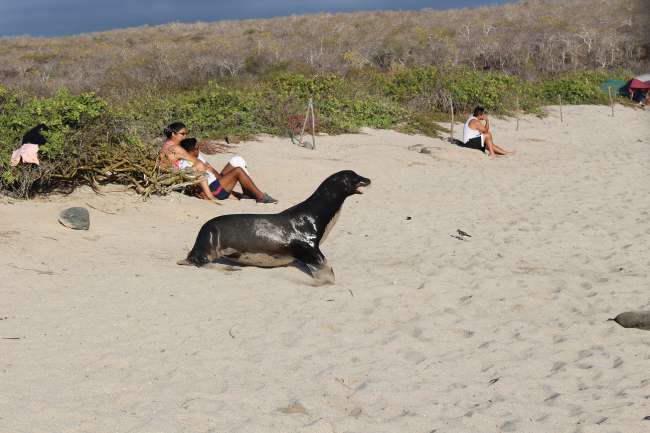
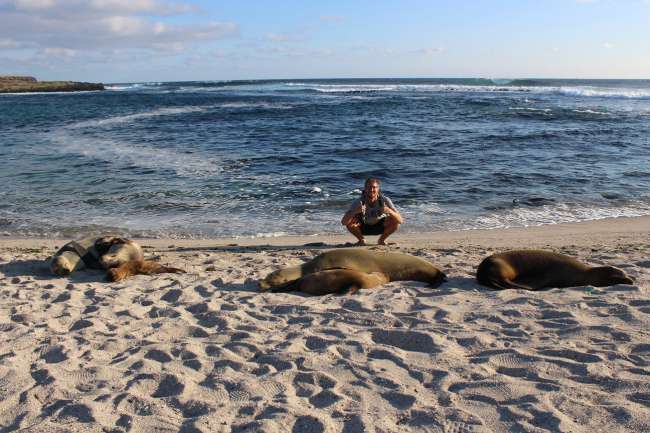
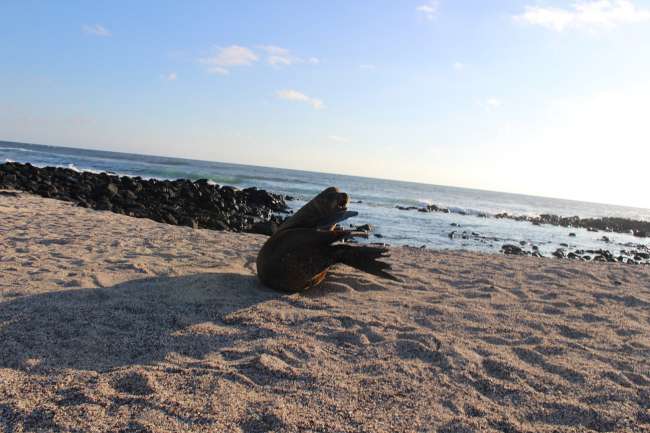
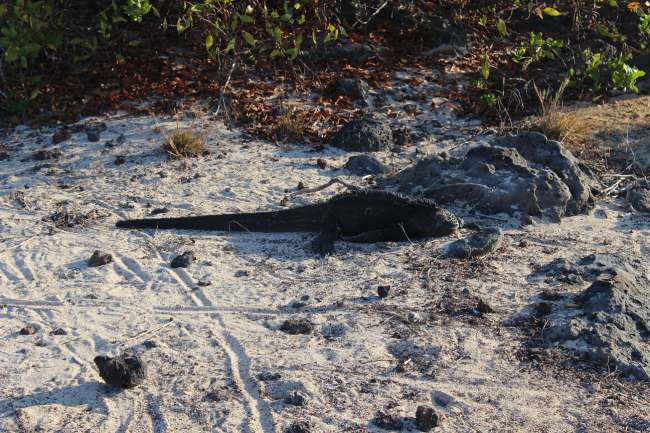
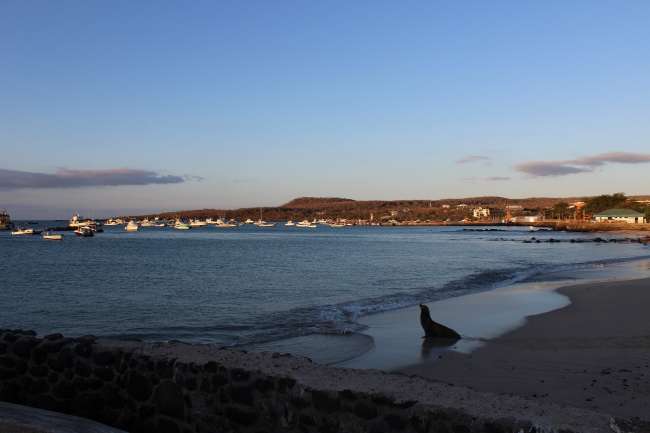
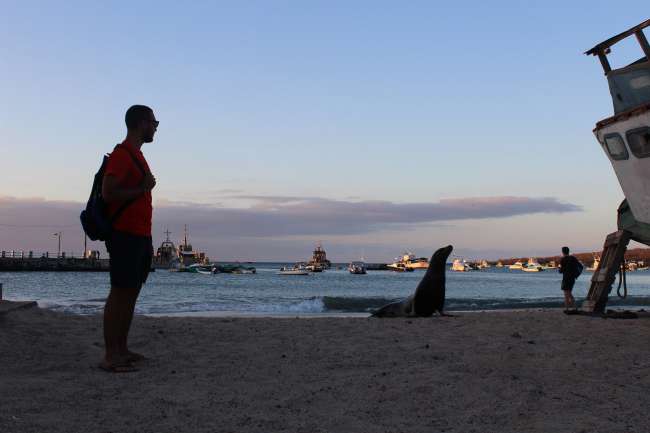
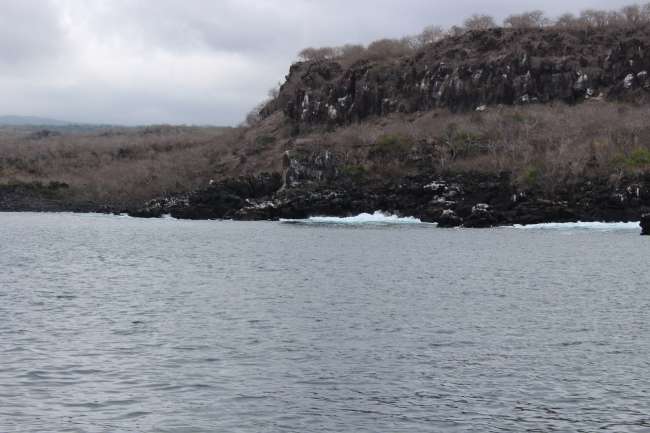
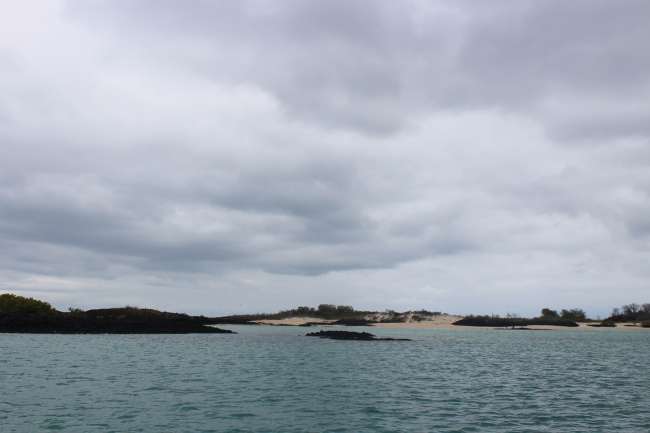
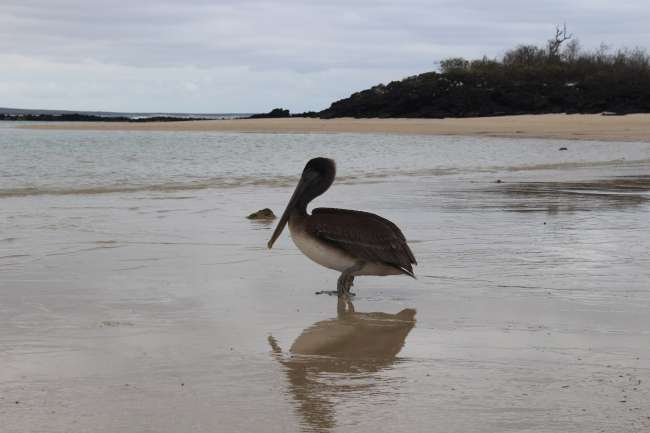
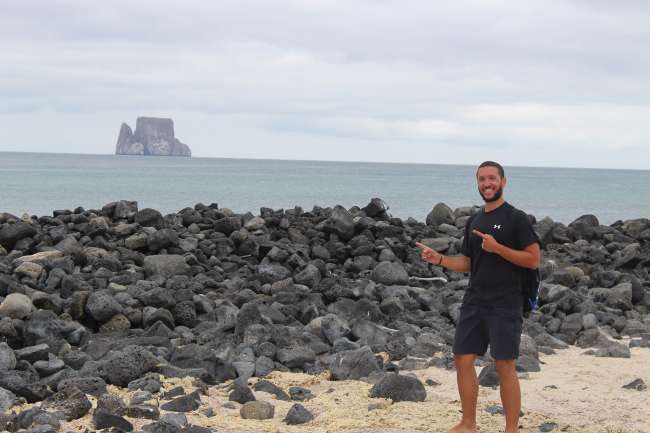
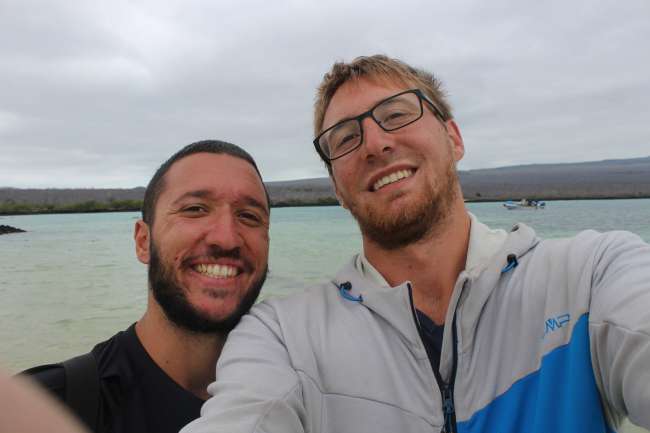
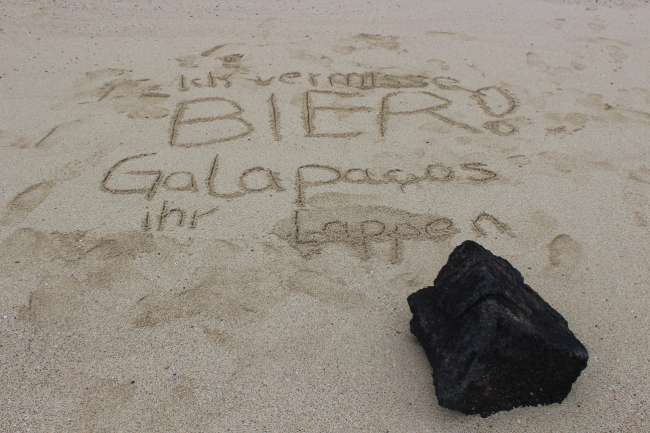
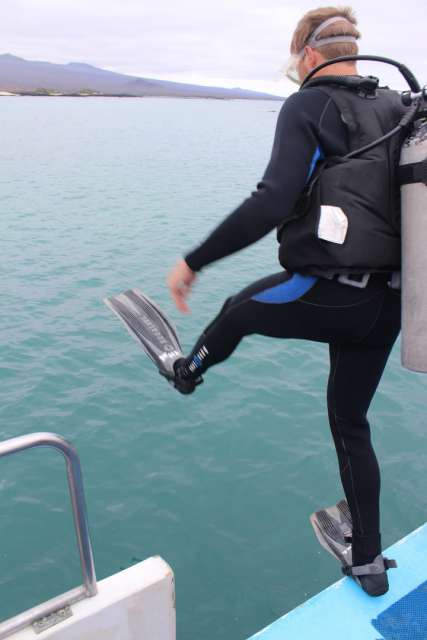
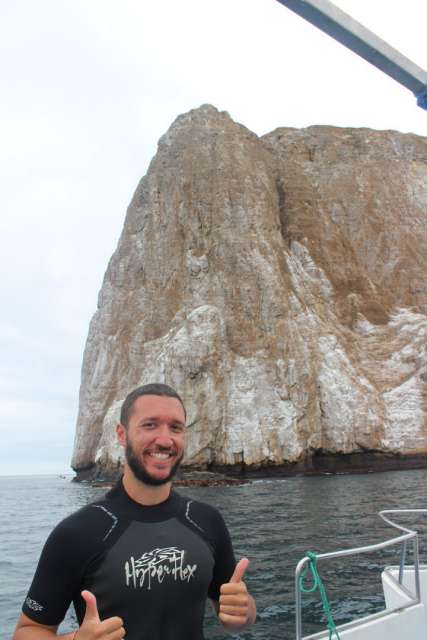
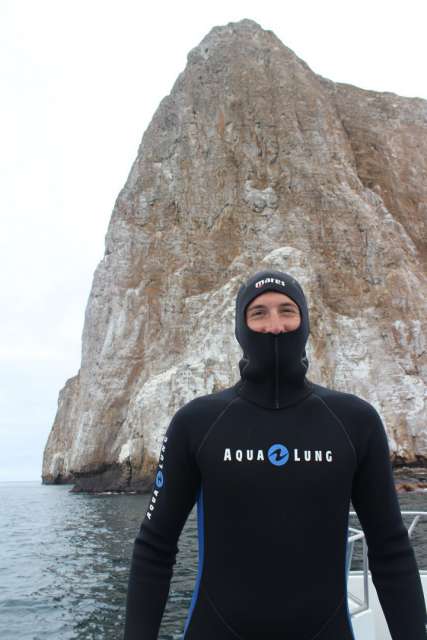
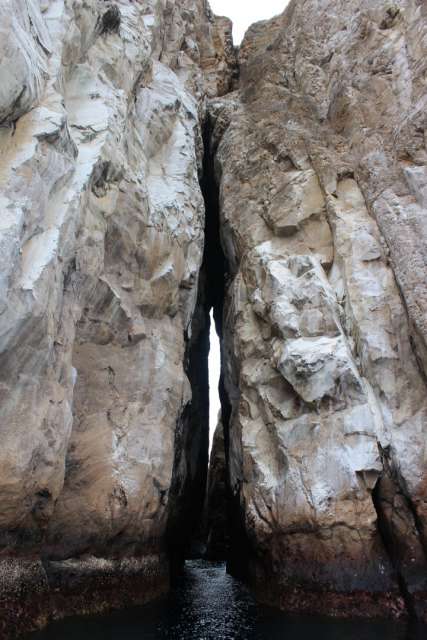
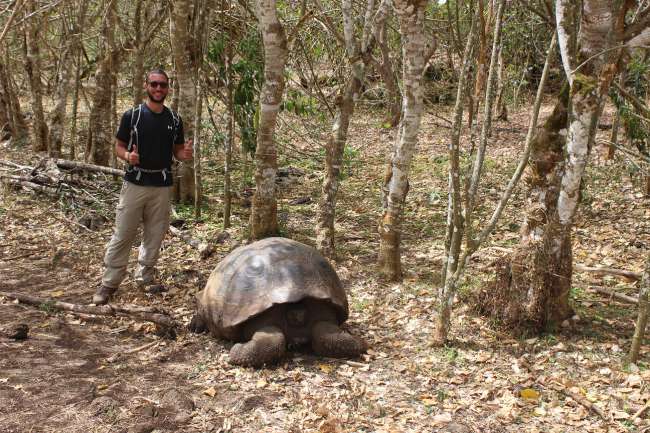
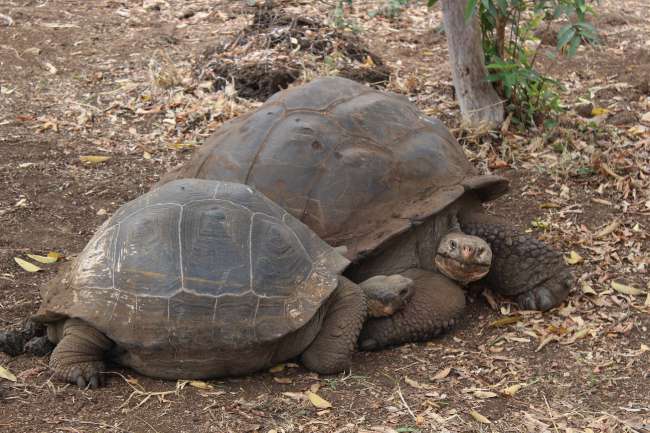
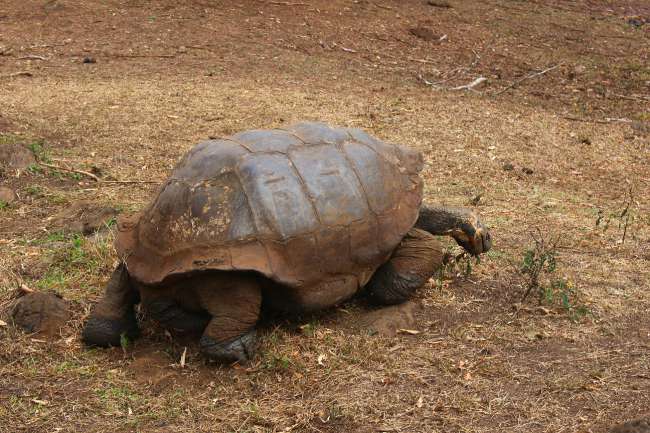
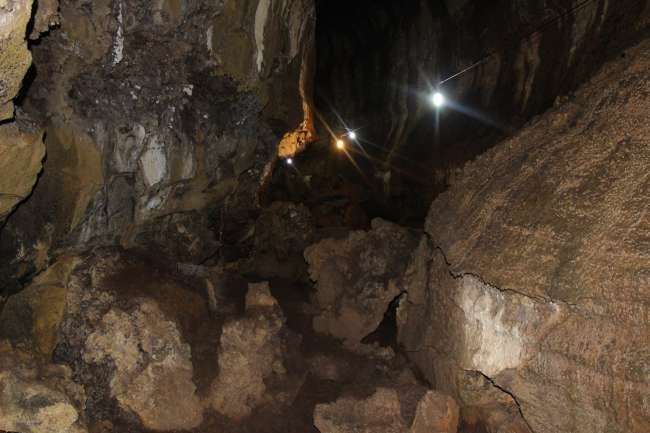
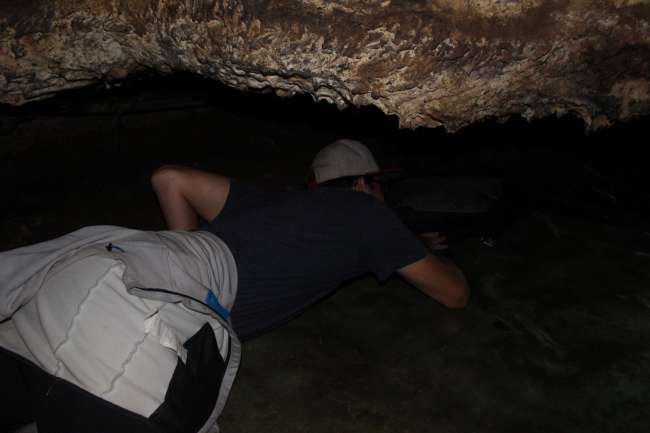
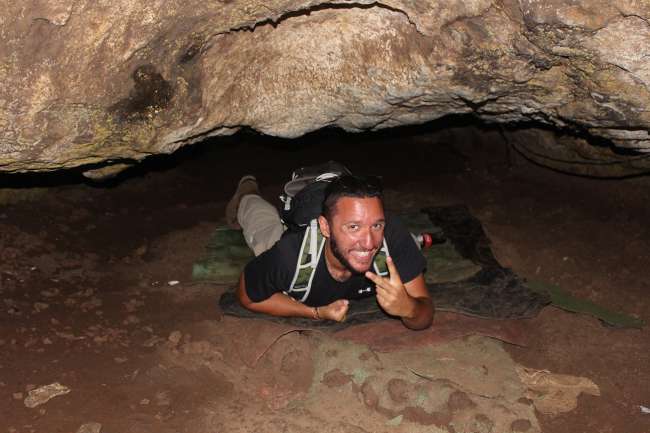
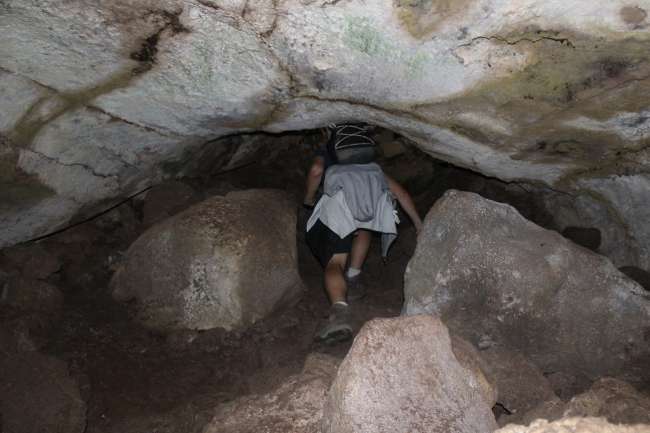
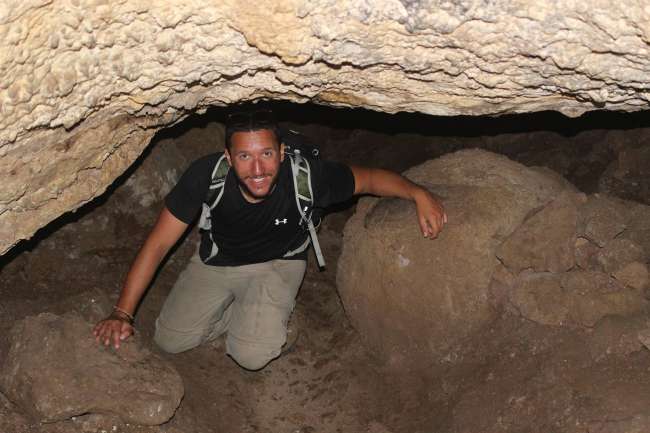
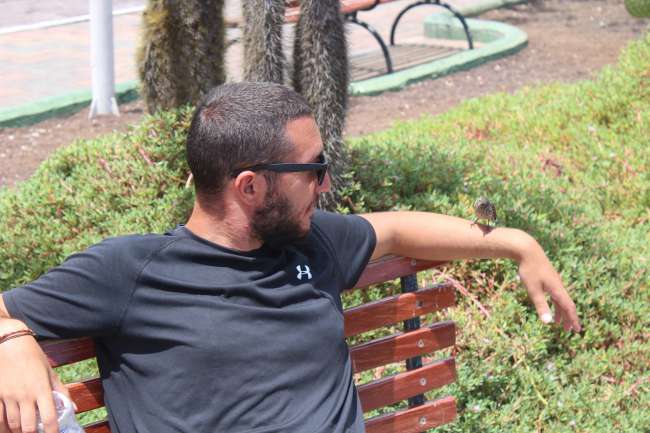
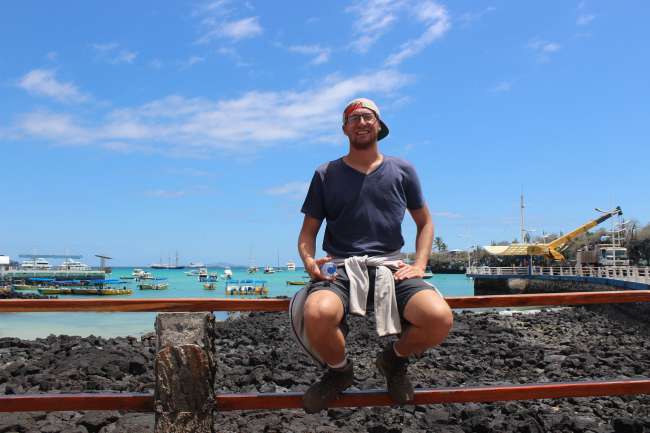
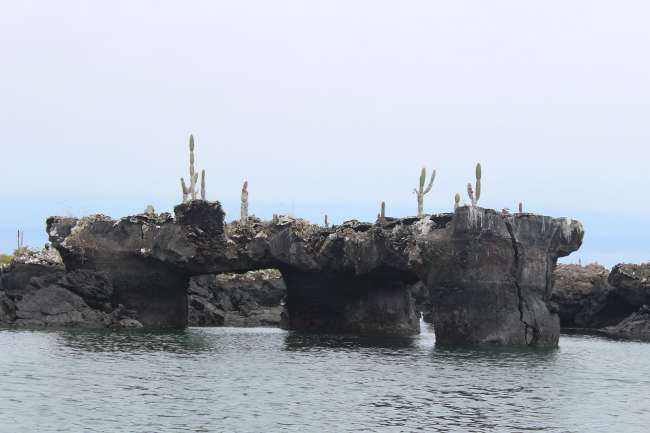
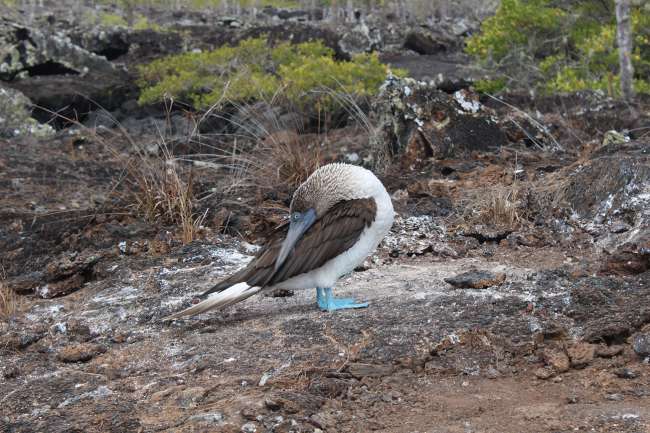
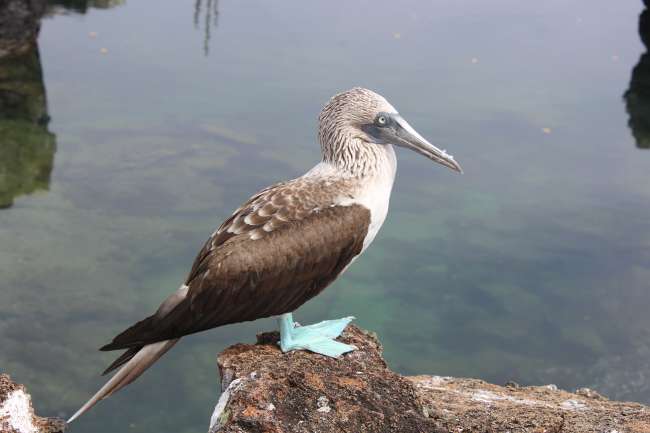
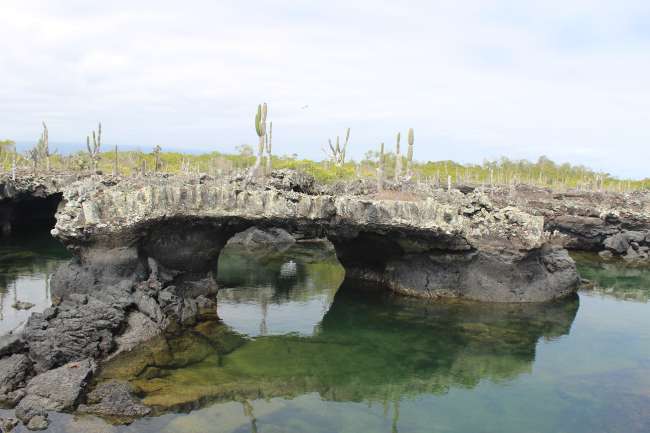
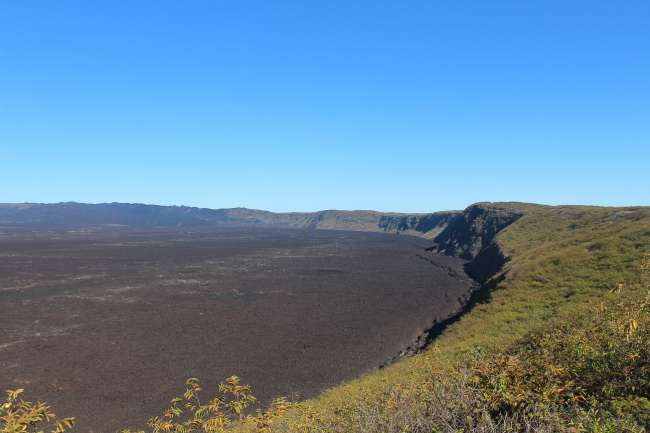
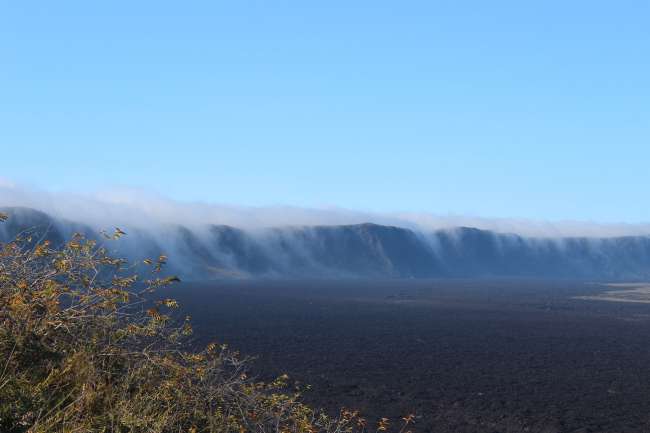
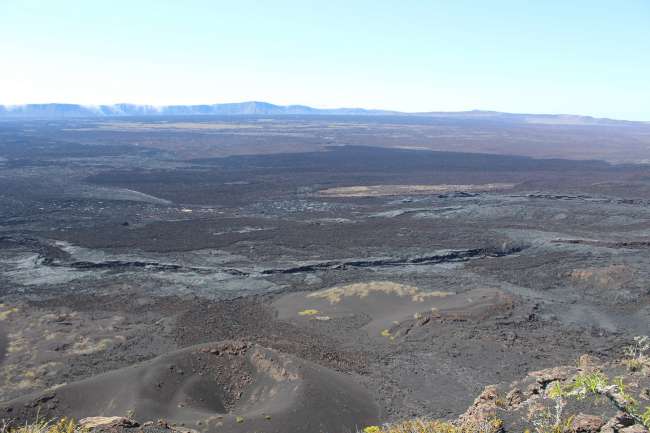
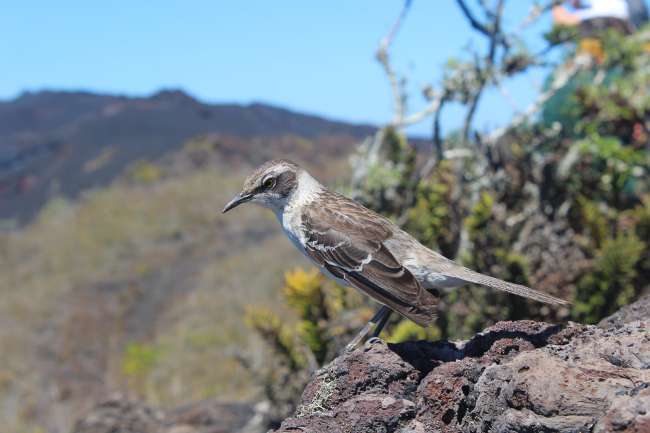
Prenumeruoti naujienas
From Quito, we head towards these mystical islands, with a long list of things we want to see. We have ten days to explore the three main islands, hiking, diving/snorkeling, and enjoying the beaches. Unfortunately, our flight is significantly delayed, so we don't leave Quito until 4pm. However, the airline Avianca compensates us with $60 and the first flight where I have legroom. What a pleasant feeling. Just before it gets dark, we finally reach the Galapagos Islands, or more specifically, the island of Baltra where the airport is located. From there, we take a ferry and a bus to the main island of Santa Cruz and the town of Puerto Ayora. Once we arrive, we start looking for a hostel. We expect to spend a lot of money during our ten days in the Galapagos, but we are able to find a cheap hotel for $25 per night on the first evening. That's something we can live with. We celebrate this bargain by having a beer at the harbor. When we arrive, the spectacle begins immediately. Just by looking into the water, we can already spot rays, seals, and sharks swimming in the harbor basin. Pelicans sit on the railing of the pier, fighting with the sharks for the small fish in the harbor basin. Next to them, a couple of sea lions lie on a park bench. The only thing missing are bottles of alcohol, then you could think that there are a few park-bench-bum sea lions lying there. Absolutely insane. Excited by the first impression, we go back to the hotel because we have to get up early tomorrow. After all, we want to experience as much as possible here.
On Day 2, after a good breakfast at a bakery, we head to the Charles Darwin Rescue Center. Here, we learn a lot about the local wildlife, the efforts of environmentalists, and the disappearance of Lonesome George, the last giant Galapagos tortoise. Furthermore, we are informed about the breeding of the other giant tortoises, over 30 in total, as well as whales and underwater animals. In the garden of the breeding station, we see some juvenile turtles. They are already quite large. We also see the first iguanas, both in captivity and on the beautiful beach nearby.
After lunch, we make our way to Tortuga Bay in the afternoon. After about 15 minutes of walking, we reach the first part of the beach. A paradise. Dunes in the back, like at the North Sea, and in the front, a Caribbean blue sea with a white sandy beach. Unfortunately, you can't swim here due to the strong currents, so we walk along the beach for another 30 minutes to cross the dunes. Here, a bizarre scene unfolds. Besides sunbathing tourists, there are countless iguanas doing the same. On the other side of the dune, there is a beautiful bathing bay where we can enjoy the fantastic weather. On the way back, we spot an albatross, huge swallows, a heron, and many pelicans hunting. What more could we ask for? In the evening, we treat ourselves to another beer at the harbor and enjoy the spectacle once again. We also spot a National Geographic research ship. If these guys have such a big ship here, the Galapagos must have a lot to offer.
Day three starts early in the morning because we have to take the ferry to San Cristobal, another inhabited island, at 7:00 am. The ferries here are speedboats that rush over the very rough Pacific Ocean without regard for our backs or spinal discs. So we arrive in San Cristobal after just two hours, but both of us have a little back pain as a result. As soon as we arrive, an older lady approaches us and offers us her hotel. It's a great room and after a little negotiating, we agree on $25 per night. Not bad at all. After that, we have a juicy burger for breakfast and then start booking tours. I want to go diving at Kicker's Rock the next day, supposedly one of the best dive sites in the Galapagos. We find a tour where I can dive and Max can snorkel. Perfect. Furthermore, we get a tip to hike to a beach that is only 25 minutes away and where we can also snorkel. So we go there! When we arrive, we find a beautiful bay and sea lions taking over the beach. A bizarre sight: a few tourists sunbathing next to sea lions. So we go into the water. It's incredible what a world awaits us here. Sea lion pups playing with us underwater, giant turtles swimming below the surface, and everything full of colorful fish, with sea lions everywhere.
In the evening, we meet Nathalie from Medellin and have another beer together.
The next day, we start early on the boat to Kicker's Rock. But before we head there, we make a short stop at a lonely, beautiful sandy bay. Unfortunately, the sky is cloudy today, but it's still beautiful. Then we continue to Kicker's Rock. Since I'm the only diver on board, I get a private guide. The huge rocks have two channels: a small channel that ends in a dead end, and a larger channel that divides the rock in two. We go straight into the water on site and first dive into the small channel. Here, we see many sea cucumbers, turtles, and schools of fish. The waves crash heavily here, so you ride a roller coaster underwater and become a plaything of the forces, which is a lot of fun ;)
Then we go into the large channel and swim through it. More turtles, barracudas, and tuna, as well as huge schools of fish, await me. Finally, the highlight. We are surrounded by several Galapagos sharks. About 8 of them. Amazing. In between, a sea lion swims underneath us. The second dive follows along a steep wall. It offers another grand spectacle underwater, but it's quite cold. After 30 minutes, I'm so frozen that even the thick wetsuit doesn't help anymore, and we return to the boat and back to San Cristobal. There, we have another beer with Nathalie.
The next day, we take the ferry back to Santa Cruz. We have a few hours to spare before we head to Isabela Island, the third inhabited island.
We use the time in Santa Cruz to visit another tortoise breeding station. There are really huge tortoises here, amazing! After that, we visit the largest lava tunnels in the volcanic archipelago. In some parts, you even have to crawl and climb a bit. Back in Puerto Ayora, we have a snack before taking the speedboat to Isabela Island. Max is used to it now and falls asleep. On Isabela Island, we have to search a bit longer, but eventually, we find a beautiful hotel for $30 per night. That's still okay. We quickly book the tours because we want to climb the largest volcanic crater and go snorkeling in the lava tunnels. Both are not possible without a guide...
Afterward, we have a nice beer on the huge, ultra-fine beach in the village.
The next day starts with a boat trip to the lava tunnels. They are like bridges in the sea and are more like arches. Here, we learn a lot about the blue-footed boobies and can observe a shark and a few turtles in the water from one of the arches. Then we go to a nearby bay for snorkeling. Immediately after jumping into the water, we see a seaturtle, and shortly after, we follow a group of stingrays. They lead us to a cliff. Underneath, two whitetip reef sharks are sleeping, and you can observe them calmly. There's also a large stingray in rest mode. Around them, there are colorful schools of fish. While swimming further, we encounter three spotted eagle rays, and behind the next cliff, there are more sharks. The guide briefly dives into a cave and tells us to take a look. When diving down, you suddenly see a shark's snout about 30cm from your face. Amazing! While snorkeling further, we see more sharks, turtles, seahorses, etc... Amazing, if only the water wasn't so cold. Without a wetsuit, you get really cold after half an hour. But the cold water is also our luck because that's where sharks, seals, and other big aquatic animals feel at home.
A day later, we go on a hike to the summit of the largest volcanic crater. It's gigantic, measuring 10km in diameter. The hiking trail is easy, but the view is magnificent. Below us, we can see the solidified lava fields. The entire archipelago is highly active, and there are frequent eruptions with lava flows that you can have your picture taken with. New rocks or small islands are constantly being formed. In the evening, we treat ourselves to a good grilled steak for $10, which is quite reasonable for Galapagos standards.
We spend the last morning on Isabela Island at the beach before taking the ferry back to Santa Cruz. There, we enjoy the harbor spectacle once again with beer and cookies before the last day arrives. This time, I go diving at Mosquera and Seymor. On the way, we spot a huge manta ray from the boat. As soon as we're in the water, a huge, rare, and ugly sunfish appears. Shortly after, we see schools of fish, turtles, and finally, the highlight I've been waiting for: hammerhead sharks! 8 of them! Gigantic! During the second dive, I nearly get bitten by a moray eel, but everything turns out fine. Afterwards, even more hammerhead sharks! On the way back, we encounter sleeping whitetip and blacktip reef sharks, a huge tuna, fields of golden eels that look almost like seaweed, and an exciting current section that lets you hover above the reef. What a day!
In the evening, I meet up with Max again, who also went on an exciting snorkeling tour. What a day for both of us!
We end the evening at the harbor before returning to the airport and flying back to Quito in the morning...
What islands!! Here, you really have to be careful not to step on an animal! And what an abundance of wildlife. We just missed the whales by about a month. But unfortunately, you can't have everything ;)
Beautiful and satisfied greetings,
Marius and Max
Prenumeruoti naujienas
Atsakymas
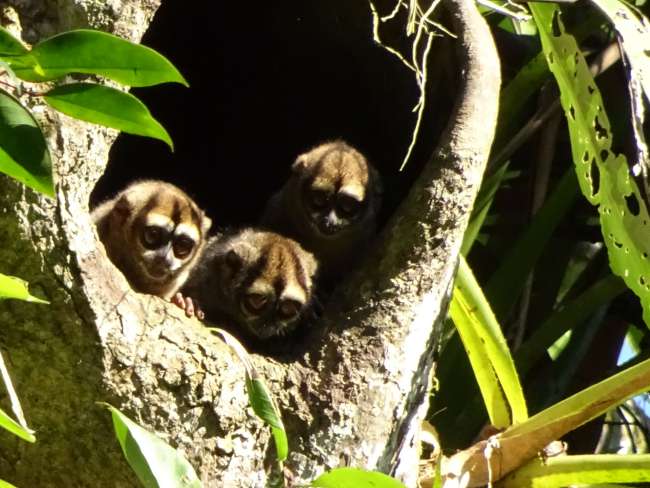
Ekvadoras kelionių ataskaitos
